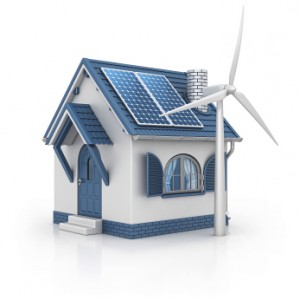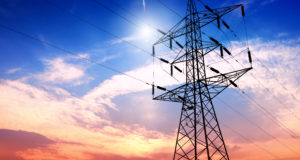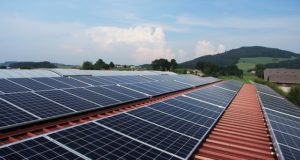 The ways to derive independent energy are varied and important. But, what do you do once you have the necessary energy? How do you make sure you do not run short or, worse yet, run out completely?
The ways to derive independent energy are varied and important. But, what do you do once you have the necessary energy? How do you make sure you do not run short or, worse yet, run out completely?
We can accomplish conservation in numerous ways, from using building materials that retain heat to using products that address multiple purposes. The concepts of “green” and “ecofriendly” are co-opted regularly by the far left organizations, but in reality, these same ideas are often the best when it comes to the efficient use of your independent energy supply.
To begin, we need to look at conservation of effort. By selecting the right materials (such as stone) to build with, people can harness the energy of the sun to keep their homes warm at night. This is best taken care of during home construction. A combination of basalt tile and energy efficient windows will channel the sunlight onto the floor, and the solar heat will be stored and slowly released over the course of the night. While basalt is best, any dark stone flooring will work. Beyond this, dark roofs with skylights can also raise the temperature of a house and help keep it warm over the course of a night.
If you own a woodstove or wood pellet stove, you can further enhance home heating by installing a piece of limestone under your stove. As the stove heats up, the limestone begins to retain heat and slowly disperses it throughout the course of an afternoon or night. To prevent potential fire hazards, make sure to follow proper installation procedures for the stove and chimney.
Another step you can take during the colder months is to seal off windows with plastic wrap. If you install the plastic on the outside of the window frames, it acts as a passive solar collector for your home. The plastic will trap warm air between itself and the window and act as a barrier to heat loss.
Just keeping warm is far from the sole priority of living an alternative energy lifestyle. The benefits of ethanol or other biofuel, greenhouses, solar power, and wind energy are all discussed in detail in other articles. The main point to remember is that while life off the grid is not easy, it does not have to be as difficult as some would make it. By using appropriate building materials and growing the proper harvests, we can optimize use with minimal effort.
For example, consider a small grove of apple trees. From the fruit, you gain food, seeds to grow a new stand within your orchard, and inedible parts to use for compost to aid in growing other fruits and vegetables. The tree provides leaves that can be refined into ethanol, as well as solid hardwood for fires. Leftover pieces of wood can be fashioned into small wooden items such as boxes.
If you grow your own vegetables or have an orchard, consider installing a composting toilet in your bathroom. These units are shaped much like regular toilets but require no power to operate. Not only will you save on septic tank pumping and maintenance, you will wind up with compost for your garden or orchard.
Additionally, if you do have a garden, you should consider purchasing food animals such as chickens, goats, or cows. These will provide you with food and/or milk as well as fertilizer. Goats serve an additional purpose by helping to crop your lawn, saving you from buying gas for a lawnmower. You can also sell any leftover eggs or milk to your neighbors, who will likely appreciate buying fresh, local products.
If you have fairly steady wind on your property, you can construct your own windmills from spare parts. While small windmills will not be able to power your entire house, you may be able to build several to handle various tasks around the home and garden. Windmills of all sizes can be used to power equipment such as small appliances and power tools, water pumps, irrigation systems, and outdoor lighting at night. Windmills are an excellent way to use up spare parts that may not have other purposes, especially if you have a ready use for the power.
As shown by these suggestions, you do not need to spend thousands of dollars to get off the grid. Any one of these suggestions will save you money and help reduce your energy dependence. Some steps, such as installing a wood stove and a fireplace stone or installing a basalt stone floor, will cost a significant amount of money. However, the cost is minimal in comparison with solar panel installation and will be lower than the costs associated with the purchase and installation of a wind turbine.
A quick internet search for do-it-yourself alternative energy kits will provide many more ideas on how to improve your home’s energy efficiency. Also, consider looking at websites regarding sustainability. While some tenets of sustainability (such as reducing one’s impact on the Earth) aren’t relevant to the majority of Americans, the material contains ideas on how to reuse materials, reduce expenses, and reduce energy dependency. Thrift and ingenuity are useful skills to develop no matter what you plan to accomplish by removing your home from the grid.
____________________________________________________________
 ____________________________________________________________
____________________________________________________________
 Off The Grid News Better Ideas For Off The Grid Living
Off The Grid News Better Ideas For Off The Grid Living



